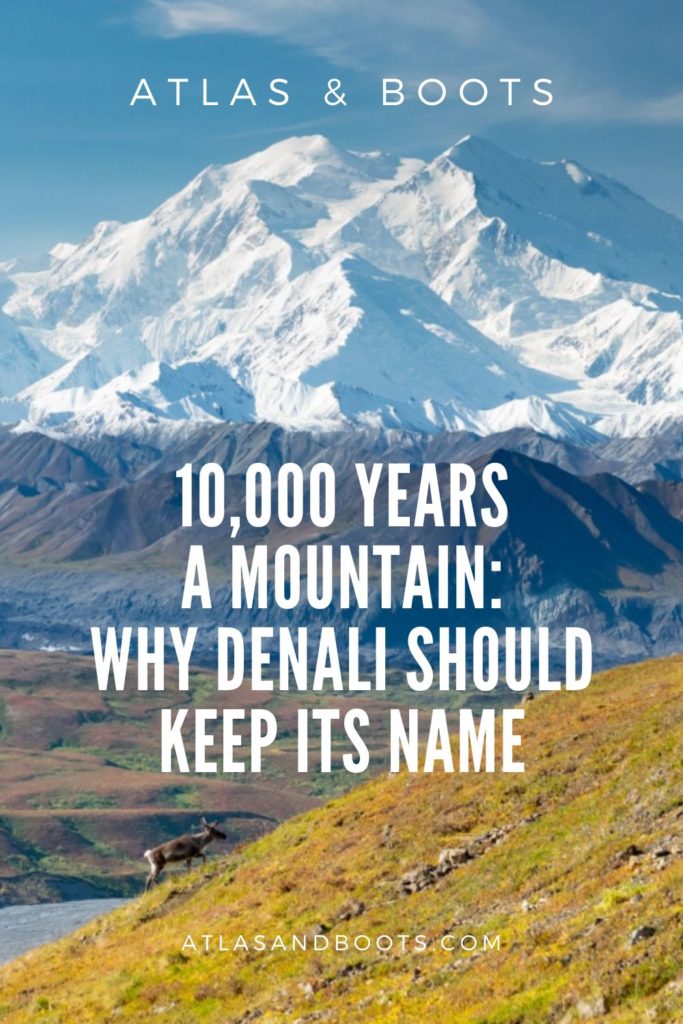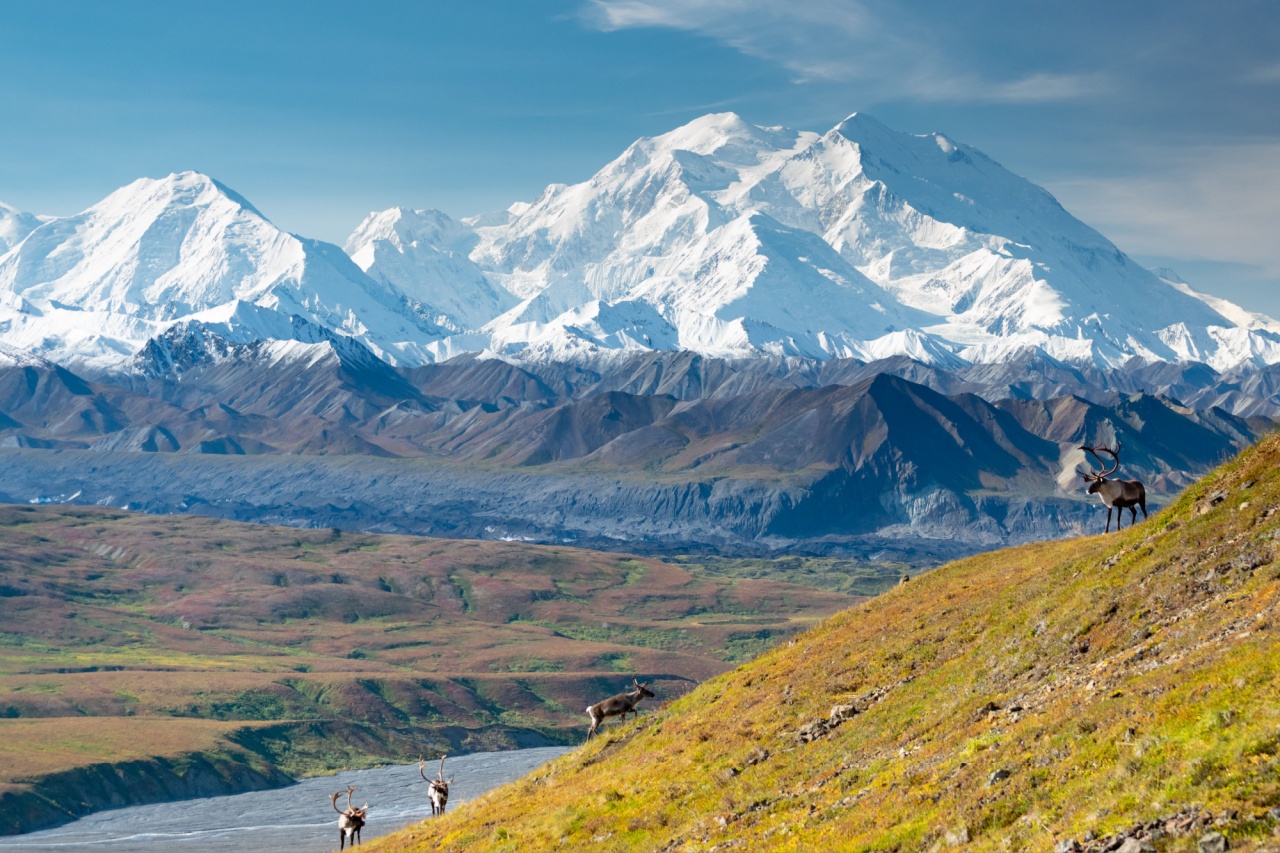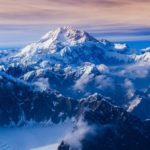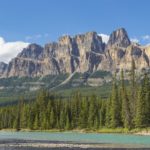We take a look at the latest controversy surrounding Denali’s name and why it has inspired so much debate over the years
The high point of my year was (literally) my summit of Denali, the highest peak in North America. It was my fourth mountain of the seven summits – arguably my fifth if you count Kosciuszko – leaving me Vinson in Antarctica and Everest in Asia. I said at the time that whether or not I climb any more of the seven is almost irrelevant. I will always have Denali, my ‘tall one’.
Denali has been in the news recently, not because of any mountaineering feat but because President-elect Donald Trump has vowed to rename the mountain after William McKinley, the 25th US president, who was assassinated in 1901.
This is, of course, not the first time a mountain’s name has caused controversy. With that in mind, we take a look at the latest war of words surrounding Denali and just why its name has inspired so much debate.
Denali: The tall one
At 6,190m (20,310ft), Denali in Alaska, USA, is the third highest mountain of the seven summits. The name Denali comes from Koyukon, a traditional Native Alaskan Athabascan language, and means ‘the tall one’. The name had been used for generations until 1896 when a gold prospector began referring to the mountain as Mt McKinley after William McKinley, a presidential candidate at the time.
In 1917, Congress formally recognised the name Mt McKinley even though McKinley had never visited Alaska. In 1975, the state of Alaska designated Denali as the peak’s name and pressed the federal government to do the same. However, the motion was blocked by the Ohio congressional delegation (representing former President McKinley’s home state). Denali was not adopted by the US Board on Geographic Names and McKinley remained on official maps.
After decades of petitioning by the Alaska Legislature, supported by many Alaskans, mountaineers and Alaska Natives, in 2015, President Obama officially changed the name back to Denali, noting that McKinley had no “significant historical connection to the mountain or to Alaska.”
The move was seen as an effort to preserve the Native American name, which had been dismissed or completely ignored by US mapmakers in the 1900s.
What did Trump say about Denali?
In December 2024, during a speech to supporters in Phoenix, President-elect Donald Trump said he would rename Denali after William McKinley.
Trump said, “McKinley was a very good, maybe even a great, president. They took his name off Mt McKinley. That’s what they do to people.” Trump, a Republican, didn’t explain who ‘they’ were but added that his administration will “bring back the name of Mt McKinley because I think he deserves it.”
McKinley served two terms as governor of Ohio before becoming president in 1897 as the USA’s 25th president. He was later assassinated in 1901, six months into his second term.
This is not the first time Trump has raised the issue. In 2015, he tweeted: “President Obama wants to change the name of Mt McKinley to Denali after more than 100 years. Great insult to Ohio. I will change back!”
However, during his first term, Trump asked Alaska’s two Republican senators if they wanted to reverse Obama’s decision. However, senators Lisa Murkowski and Dan Sullivan told Trump to keep Denali’s name untouched.
What has been the response?
Alaskan senator Lisa Murkowski, a Republican, responded on Twitter by saying, “There is only one name worthy of North America’s tallest mountain: Denali – the Great One.”
Rick Sinnott of the Anchorage Daily News – the most widely read newspaper and news website in Alaska – wrote, “I guess it makes sense that a Republican president who knows nothing about Alaska (Donald Trump) believes our tallest mountain should be named after a Republican president who never set foot in Alaska (William McKinley). I just can’t wrap my head around why an Alaskan would agree.”
Perhaps no one should take what Trump said too seriously. He is known for his outlandish declarations; during the same speech, he even threatened to retake control of the Panama Canal which prompted a quick rebuke from Panama’s President José Raúl Mulino, who said “every square metre” of the canal and region belong to his country.
“I guess it makes sense that a Republican president who knows nothing about Alaska (Donald Trump) believes our tallest mountain should be named after a Republican president who never set foot in Alaska (William McKinley). I just can’t wrap my head around why an Alaskan would agree.”
– Rick Sinnott, Anchorage Daily News
Many natural wonders were renamed by those who came after the Native Americans. Some experts argue that it results in a loss of history when traditional names are replaced.
Jay Johnson, a University of Kansas associate professor of geography, whose research focuses on indigenous people’s cultural survival told CNN that when native names are changed, “there’s a certain loss of knowledge. The restoration of traditional place names is an acknowledgement of traditional society, an acknowledgement of their knowledge of the landscape and their history.”
What’s in a name?
Many natural wonders that stood for millennia were renamed after European explorers, American presidents and others, even though they already had Native American names for thousands of years. However, recent years have seen a movement to restore Native American names that were changed during the colonisation and subsequent territorial expansion of the USA.
In 2023, Mt Evans in Colorado was renamed Mt Blue Sky at the request of the Cheyenne and Arapaho Tribes. John Evans was a notorious state governor who resigned in 1865 for his role in the Sand Creek massacre when more than 200 Arapaho and Cheyenne people were killed – most of them women, children and elderly – by the US Army.
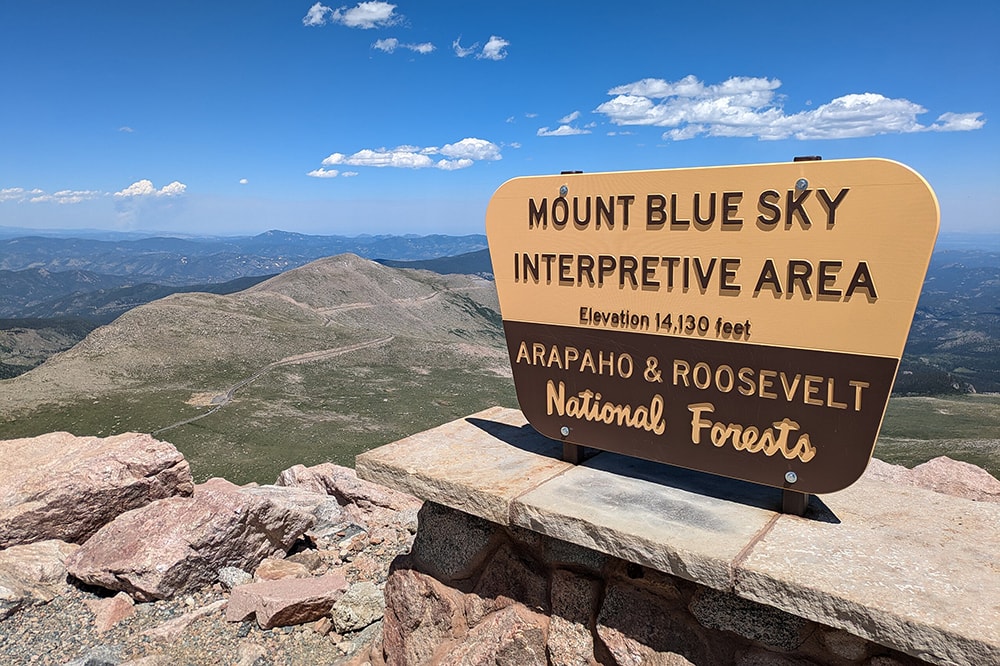
Other name changes have included the renaming of Alaska’s Black River to its Native Gwich’in name, Draanjik River, after finding overwhelming support from the local community and the state. In 2022, the United States Department of the Interior proposed the renaming of over 600 geographic features that bear a derogatory term referring to Indigenous women.
Native Americans have asked that the Indigenous names of other peaks also be officially restored including Devil’s Tower in Wyoming, Harney Peak in South Dakota, Mt St Helens in Washington and Mt Rainier, also in Washington. Both the Washington peaks were named by British colonialist George Vancouver. Peter Rainier Jr was a British naval officer who fought against the US during the American Revolution while Baron St Helens Alleyne Fitzherbert was the British Ambassador to Spain.
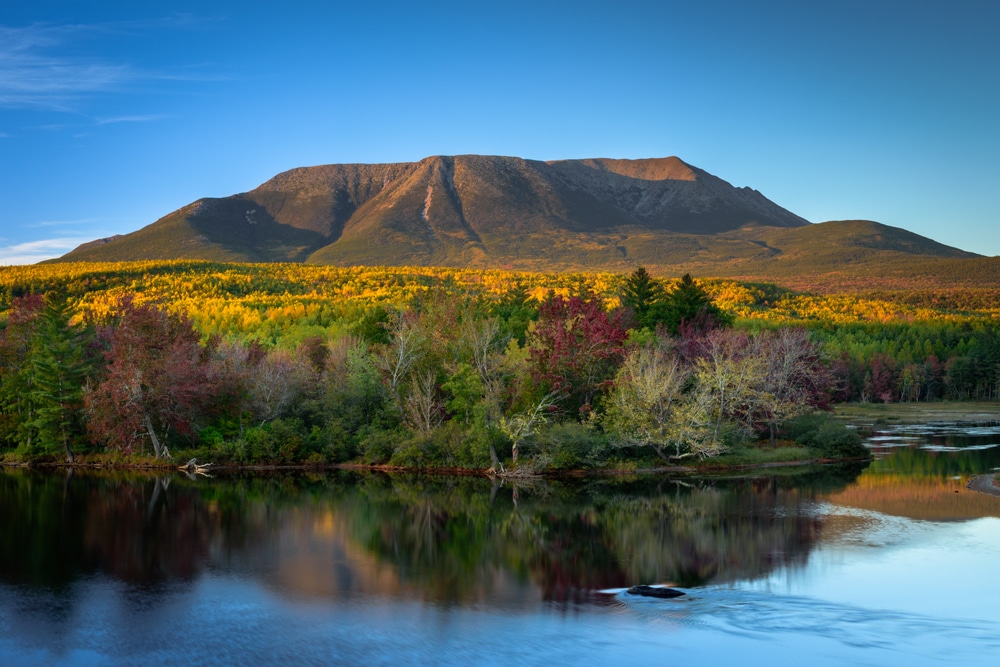
Occasionally, Native American names were respected. Maine’s Mt Katahdin, the northernmost point of the Appalachian Trail, was named the ‘Greatest Mountain’ by the Penobscot Indians and has retained its original name.
Other examples include the Chattahoochee River in Georgia which is thought to mean ‘River of Painted Rocks’ as well as states such as Massachusetts and Minnesota which are of Algonquian Indians and Dakota Sioux origins respectively.
10,000 years a mountain
As a Brit, I am deeply ashamed of my country’s ties with colonialism and the suffering that the British Empire brought to millions. Unfortunately, when it comes to the foreign affairs of William McKinley, who was known for his expansionist beliefs, his policies were more in line with British colonialism than a liberal democracy.
McKinley led the country to victory in the Spanish-American War and the annexation of the Philippine Islands, Guam, Puerto Rico and the Hawaiian Islands during a period of American imperialism which saw the US become a global colonial power. The American annexation of the Philippines led to hundreds of thousands of Filipino deaths and decades of suppression.
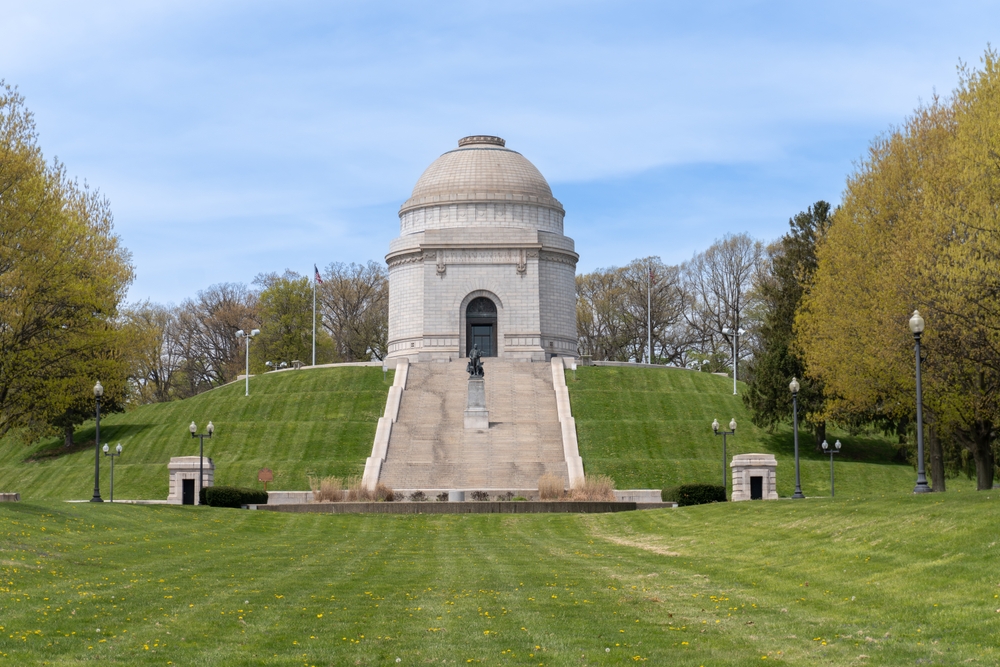
Of course, it would be unfair to judge McKinley too harshly by today’s standards. He is generally regarded as a good president who led America out of a recession. But the removal of a native name to be replaced with one associated with colonialism leaves a sour taste in the mouth.
I believe that any name that was known to be used by Indigenous people in the past trumps a more recent, colonialist name be it an explorer or a president. The removal of McKinley’s name in 2015 was not an insult to the former president. By changing the name, the US people are honouring the mountain and the first people to have seen it and loved it enough to give it a name.
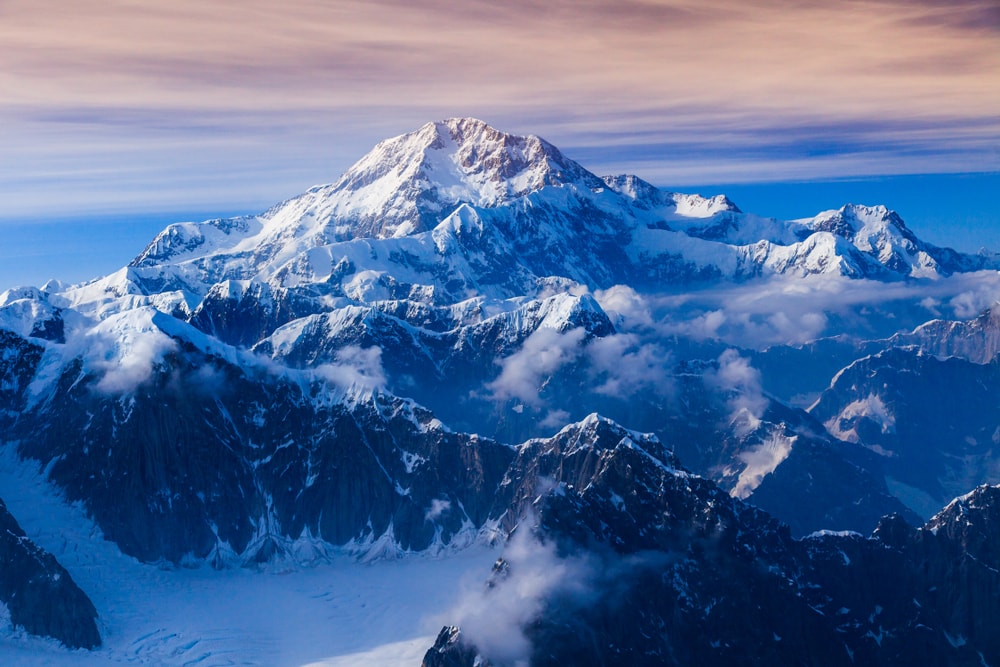
The reality is that if Trump were to try and strip Denali of its name, he would meet considerable resistance from the people of Alaska and, significantly, their elected Republican senators.
“The Alaska Native people named that mountain over 10,000 years ago,” Dan Sullivan told Trump the last time he raised the issue. “Denali, that was the name.”
Enjoyed this post? pin it for later…
